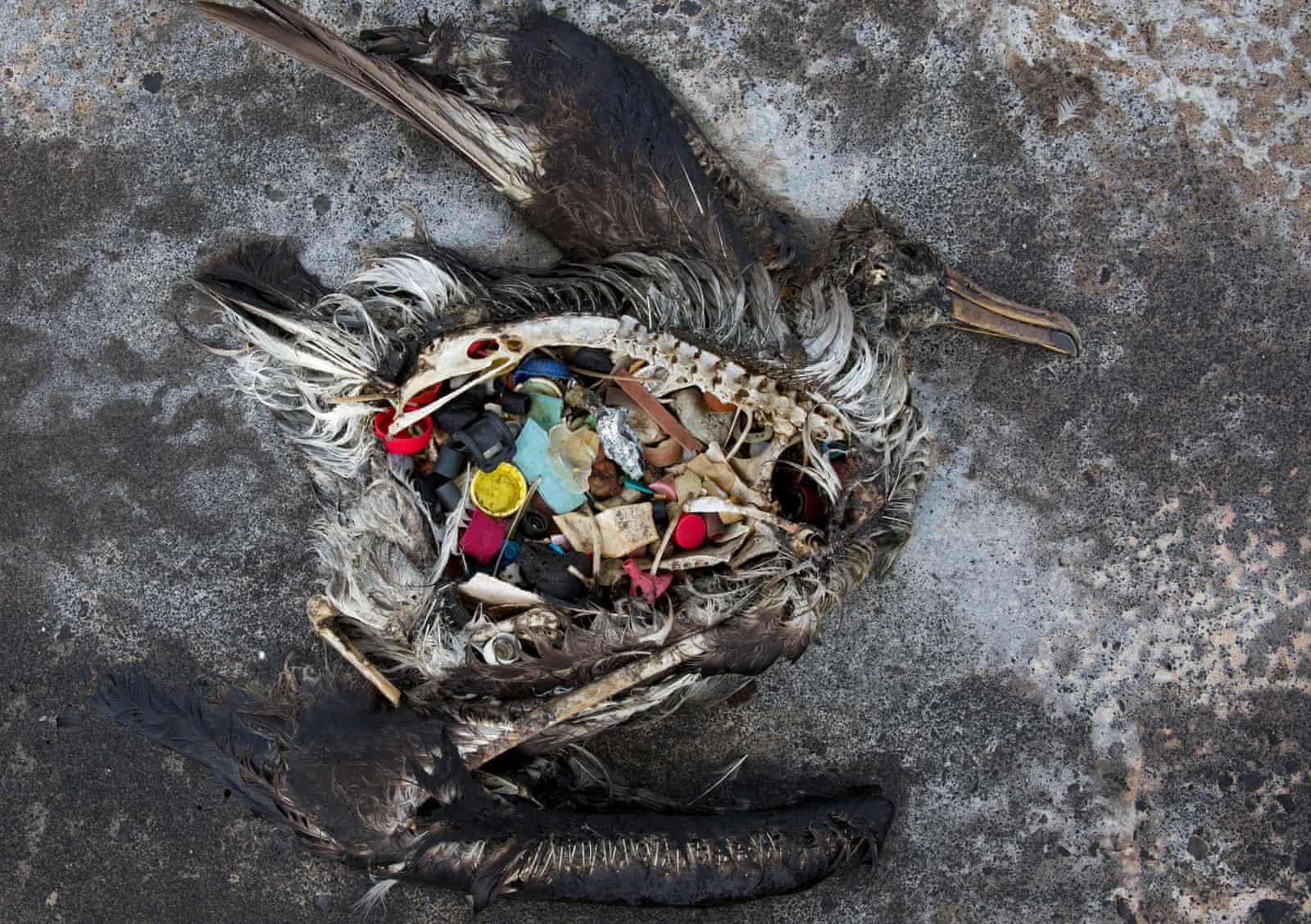Green marketing - a strategy adopted by businesses to minimise their environmental damages at every stage of the production cycle, as a response to the growing concerns of environmental protection (Tsai et al., 2020). Green marketing is increasingly prevalent among businesses in different industries as it leaves a good impression on consumers and thus generates brand awareness and support (Tsai et al., 2020).
Green marketing is made up of four dimensions:
- Green management
- Green brand image
- Green brand relationship
- Green brand equity
The first dimension involves establishing a cleaner production network and developing cultures, products and activities that are more environmentally sustainable.
The second dimension involves being unique in green efforts to create a lasting, positive, and favourable memory of the brand for the customers.
The third involves developing satisfactory green products to earn the customers' trust and their attachment to the brand.
Fourth consolidates the second and third dimensions to maintain a brand's relevancy in the long run.
Given the rising awareness of how coffee production pollutes the environment, Starbucks had been engaging with green marketing to appear socially responsible for a long time now. If you are a Starbucks enthusiast, you will no doubt remember the discounted drinks when you bring your own tumbler, or felt mixed emotions about the straw ban in 2018.
Regardless of Starbucks' green strategies, the company is unable to the garner support from the environmentalists, as the strategies seem to be a decoy from the true extent of pollution they generate. For example, while Starbucks tried to collaborate with McDonalds to develop a recyclable/compostable cup solution by 2015, the solution never materialised (Mahdawi, 2018), and seems to be forgotten. Futhermore, it is believed that more than 8000 takeaway cups still end up in the landfill, pushing the environmentalists in Bellingham to speak out.
Image: "Cup Monster" built by the environmentalists in Bellingham as part of the "Better Cup" campaign to pressure Starbucks into using "100 percent recycled or tree-free cups". Source: Levy, 2017
Another example is the straw ban, which resulted in straws to being replaced by sippy cup lids. While Starbucks claim that this potentially reduces the use of plastic straws by the billions, skeptics still question the effectiveness of the move, as customers can still get plastic straws elsewhere (Viswanathan, 2018). In other words, the importance of reducing plastic pollution in not internalised by consumers.
Image: Sippy cup lids rolled out by Starbucks in attempt to replace plastic straws. The lids are claimed to be recyclable, but how many of them are truly recycled? Source: Sullivan
The effectiveness of the two strategies introduced may seem like a marketing gimmick by Starbucks. However, it is still a small step towards reducing marine and land pollution. For such "gimmicks" to work, we consumers should do our part in reducing our material wastage as well.




No comments:
Post a Comment